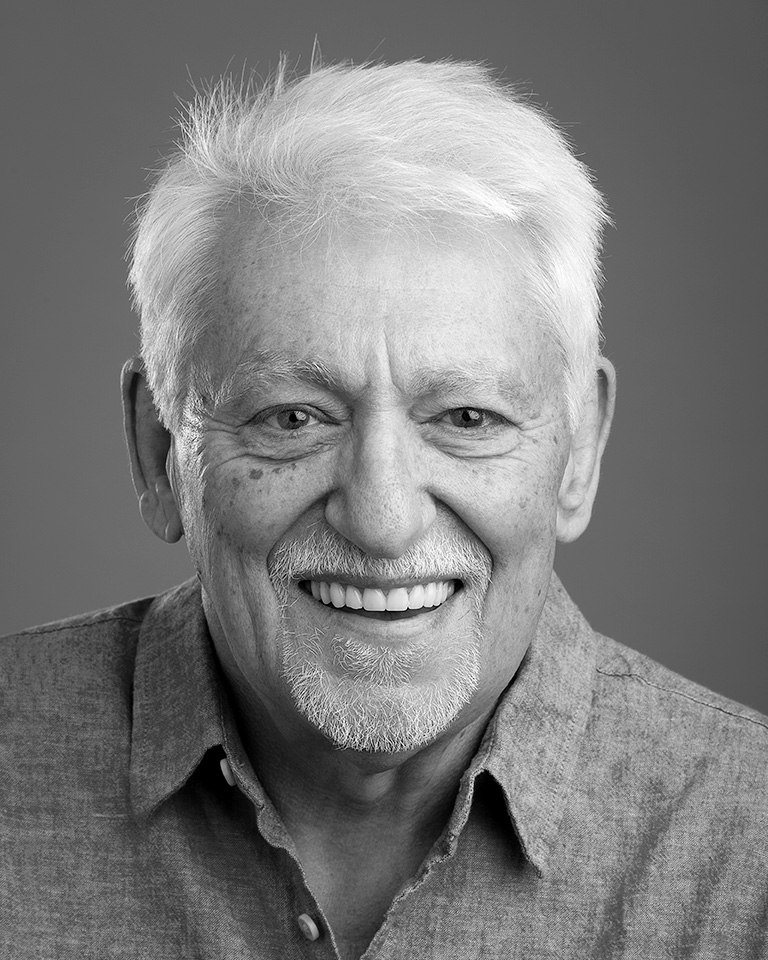OUR PHILOSOPHY
Consumer and retail research is still driven by a deep desire to understand human behaviour. A great challenge when so often we don’t know ourselves why we do things.
This area of research is also characterised by rapid changes in consumer preferences, and of course, in technology. Buying the things we ‘must buy’ has become less of a chore. Online retail and services like auto-renewals, one-tap purchases, same-day delivery have all changed the way we make ‘must have’ buys. The experiential side of shopping however, remains the same. We all love to shop socially, or integrate a social activity into our shopping experience. This is a human need. Understanding human needs will help us to understand trends and how important they are to retailers. Technology can predict our behaviour and preferences and automation can deliver our purchases the next day, but the products we choose and how we resonate with marketing messages will still be deep rooted in our needs and psyche.
HOW WE DO IT
We use a range of qualitative and quantitative techniques, both online and offline to meet our clients’ objectives, designing the research according to the specific parameters of the category and our clients’ research aims.
We often use our convergent techniques, such as our discrete choice modelling tools to uncover drivers, predict market shares, and optimise pricing.
We monitor 16 trends that are affecting the bottom line of businesses. These insights provide context to all we do.
In a recent project looking at a fitness product for those over 55 years, a series of focus group discussions revealed a strong preference for the product based on the promise of becoming re-energised. However, our choice model experiment revealed the key driver to be the body sculpture benefit! Over 55s didn’t want to tell us how much this mattered in a social setting – it was only revealed through the use of sophisticated modelling.
WHAT IT MEANS FOR CLIENTS
Our clients get the benefit of us not forgetting our roots – our needs – which ultimately still drive product choices even in the face of radical technological change driving expectations in ‘how’ we shop.
























